The Science of Muscle Growth: How to Optimize Your Exercise Routine
Have you ever wondered why some workouts leave you feeling like you've conquered the world, while others barely make a dent in your fitness goals? Or perhaps you're puzzled by the muscle growth you hear so much about but don't see in the mirror?
The journey to sculpting your body and achieving noticeable muscle growth is not just about lifting weights; it's rooted in a deep understanding of the science behind muscle development.
In our upcoming exploration, "The Science of Muscle Growth: How to Optimize Your Exercise Routine," we're diving into the biological wonders that fuel muscle growth and how you can leverage this knowledge to supercharge your workouts. Whether you're a gym veteran or a fitness newbie, grasping the intricacies of how muscles grow, repair, and strengthen can transform your approach to exercise.
We'll unveil the crucial roles of nutrition, the significance of different types of exercises, and why recovery periods are not just breaks but essential components of muscle building. By the end of this read, you'll not only be equipped with the scientific insights needed to optimize your exercise routine but also inspired to apply this knowledge practically, ensuring every drop of sweat counts towards achieving your dream physique.
Stay tuned as we embark on this enlightening journey to unlock the secrets of muscle growth, making every rep, run, and recovery count more than ever before.
Understanding Muscle Growth
Understanding the intricacies of muscle growth is crucial for anyone looking to enhance their physique and improve their overall fitness. Muscle growth, or hypertrophy, is a complex process influenced by a combination of exercise, nutrition, and recovery. At its core, muscle growth occurs when the fibers within the muscles are subjected to stress, causing them to adapt and grow stronger and often larger. Let's dive into the science behind muscle growth and shed some light on the biological mechanisms at play and show you how you can harness this knowledge to optimize your exercise routine.
The Mechanism of Muscle Hypertrophy
Muscle hypertrophy happens through two primary processes: mechanical tension and metabolic stress. Mechanical tension involves lifting weights or applying a load to the muscle, creating tiny micro-tears in the muscle fibers. It's this process of damage and repair that leads to muscle growth. On the other hand, metabolic stress results from activities that lead to the accumulation of metabolites, like lactate, which can also stimulate muscle growth even without significant muscle damage.
When we lift weights or exert force, we engage our muscle fibers, starting with the smallest and moving to the larger ones as the effort increases. This engagement and the subsequent repair process necessitate energy, which is where nutrition comes into play. Proteins in our diet provide the amino acids needed for muscle repair and growth, while carbohydrates and fats supply the energy required for workouts and recovery.
Types of Muscle Hypertrophy
Understanding muscle growth further involves distinguishing between the two types of hypertrophy: myofibrillar and sarcoplasmic. Myofibrillar hypertrophy increases the size and number of myofibrils, the contractile units of muscle. This type of growth enhances muscle strength and density. Sarcoplasmic hypertrophy, meanwhile, increases the volume of sarcoplasm, the fluid and energy-providing components within the muscle cell, leading to larger but not necessarily stronger muscles. Most training regimens contribute to a combination of both types, though the emphasis may shift based on the specific goals and methods of training.
The Role of Hormones in Muscle Growth
Hormones play a pivotal role in muscle growth, with testosterone, growth hormone, and insulin-like growth factor (IGF-1) being particularly influential. Testosterone helps to regulate muscle mass by promoting Protein synthesis and inhibiting protein breakdown. Growth hormone, released during sleep and after exercise, supports tissue growth and repair. IGF-1, which is produced in response to growth hormone, promotes the development of new muscle cells and tissues. Managing your hormone levels through proper nutrition, adequate sleep, and regular exercise is essential for optimizing muscle growth.
Nutrition: The Building Block of Muscle
Nutrition cannot be overstated in its importance to muscle growth. Proteins are the building blocks of muscle, making adequate protein intake vital. However, carbohydrates are also essential as they provide the energy needed for your workouts. Fats, too, play a role, particularly in hormone regulation. Balancing these macronutrients in your diet supports the energy requirements of your workouts and the needs of your recovering muscles.
Training for Hypertrophy
To maximize muscle growth, your training should include a variety of exercises that promote both myofibrillar and sarcoplasmic hypertrophy. Incorporating both heavy, compound lifts (like squats and deadlifts) and higher-repetition, isolation exercises (like bicep curls and leg extensions) can stimulate muscle growth effectively. Progressive overload, or gradually increasing the weight or resistance in your exercises, ensures continuous growth and adaptation.
Understanding muscle growth is foundational to developing an effective fitness routine. By applying the principles of mechanical tension, metabolic stress, and proper nutrition, you can optimize your workouts for maximum hypertrophy. Remember, consistency in your training, nutrition, and recovery is key to unlocking the full potential of your muscles and achieving your fitness goals.
The Role of Nutrition in Muscle Growth
The symbiotic relationship between nutrition and muscle growth is foundational to any successful fitness regimen. While the act of lifting weights and exercising tears down muscle fibers, initiating the process of hypertrophy, it's the nutrients from our diet that fuel the repair and growth of these tissues. Understanding the role of nutrition in muscle growth is crucial for anyone aiming to increase muscle mass, improve strength, and enhance overall physical performance.
Proteins: The Building Blocks of Muscle
At the heart of muscle recovery and growth lies protein. Proteins are composed of amino acids, the essential building blocks required for the repair of muscle fibers damaged during exercise. When you consume protein, your body breaks it down into its constituent amino acids, which are then used to repair and build new muscle tissue, a process known as protein synthesis. For optimal muscle growth, it's crucial to consume enough protein to offset muscle protein breakdown and provide a surplus for muscle repair and growth.
The recommended dietary allowance (RDA) for protein is 0.8 grams per kilogram of body weight, but for those engaged in regular strength training or looking to build muscle, this intake needs to be higher. Studies suggest that 1.6 to 2.2 grams of protein per kilogram of body weight is ideal for muscle hypertrophy. Quality protein sources include lean meats, fish, dairy products, legumes, and plant-based proteins like quinoa and soy.
Carbohydrates: The Fuel for Your Workouts
Carbohydrates are often misunderstood in the context of muscle growth. However, they play a critical role as the primary energy source for your workouts. Consuming adequate carbohydrates ensures that you have the energy to perform at your best during each training session, allowing for greater intensity and volume, which are key drivers of muscle growth.
Moreover, carbohydrates have a muscle-sparing effect. By providing the energy your body needs for exercise, they prevent the body from breaking down muscle tissue for fuel. Post-workout, carbohydrates help replenish glycogen stores in the muscles, aiding in recovery and preparation for the next training session.
Fats: A Necessity for Hormonal Balance
Fats are vital for maintaining hormonal balance, including the hormones involved in muscle growth such as testosterone and growth hormone. Essential fatty acids, found in foods like fish, nuts, seeds, and avocados, are crucial for overall health and help facilitate the absorption of fat-soluble vitamins that are important for muscle health.
While fats are an essential part of a balanced diet, moderation is key. Focusing on unsaturated fats and omega-3 fatty acids can support muscle growth and overall health without contributing excessively to fat gain.
Micronutrients: The Often-Overlooked Heroes
Vitamins and minerals, though needed in smaller amounts than macronutrients, play significant roles in muscle function and growth. For example, Vitamin D is crucial for bone health and muscle function, Magnesium plays a role in muscle contraction and relaxation, and Iron is essential for oxygen transport to the muscles. Ensuring a diet rich in fruits, vegetables, lean proteins, and whole grains can help meet these micronutrient needs.
Hydration: The Foundation of Cellular Function
Hydration is essential for overall health and optimal muscle function. Water is involved in every cellular process in your body, including those that contribute to muscle repair and growth. Dehydration can impair your strength, power, and endurance, hindering your ability to perform and recover effectively.
Putting It All Together
Understanding the role of nutrition in muscle growth empowers you to make informed choices about your diet, ensuring your body has the necessary fuel and building blocks for muscle repair and hypertrophy. Remember, consistency in your nutritional habits is just as important as consistency in your training regimen. Tailoring your diet to support your muscle growth goals, while ensuring it remains balanced and sustainable, is key to long-term success in your fitness journey.
Exercise Principles for Maximizing Muscle Growth
Maximizing muscle growth requires more than just hitting the gym and lifting weights. It involves a strategic approach to exercise that encompasses various principles designed to stimulate muscle hypertrophy effectively. Understanding and applying these principles can significantly enhance the results of your workout routine, leading to increased muscle mass, strength, and overall physical fitness.
Progressive Overload: The Key to Continuous Growth
At the core of muscle growth is the principle of progressive overload. This concept involves gradually increasing the demands on the musculoskeletal system to continually challenge your muscles, thereby stimulating growth. Simply put, to build muscle, you must consistently make your workouts harder over time. This can be achieved by increasing the weight lifted, altering the number of repetitions or sets, modifying the tempo of the exercises, or reducing rest intervals between sets. The goal is to push your muscles out of their comfort zone, forcing them to adapt and grow in response to the increased stress.
Exercise Selection: Compound vs. Isolation Movements
Maximizing muscle growth also depends on the types of exercises you perform. Compound movements, which involve multiple joints and muscle groups, are foundational for building strength and mass. Exercises like squats, deadlifts, bench presses, and pull-ups allow you to lift heavier weights and work several muscle groups simultaneously, offering a more efficient way to stimulate muscle growth.
On the other hand, isolation exercises target a single muscle group and are beneficial for addressing specific areas of the body or correcting imbalances. Including both compound and isolation exercises in your routine ensures a balanced approach to muscle development, allowing for focused growth and overall muscular symmetry.
Volume and Intensity: Finding the Optimal Balance
The volume and intensity of your workouts are crucial factors in muscle hypertrophy. Volume refers to the total amount of work performed during a workout session, typically measured in sets and repetitions, while intensity relates to the effort required, often expressed as a percentage of your one-repetition maximum (1RM).
For hypertrophy, a moderate to high volume combined with moderate intensity is generally recommended. This might translate to performing 3-6 sets of 8-12 repetitions for each exercise, using a weight that is challenging yet allows you to complete all reps with proper form. Balancing volume and intensity is essential to maximize muscle growth without overtraining or risking injury.
Recovery: Allowing Time for Growth
An often-overlooked aspect of maximizing muscle growth is recovery. Muscles need time to repair and grow after being subjected to the stresses of training. Integrating adequate rest days and ensuring enough sleep are critical components of a muscle-building regimen. During rest periods, the body repairs the micro-damage to muscle fibers, leading to increased muscle size and strength. Ignoring recovery can lead to overtraining syndrome, where muscle growth stalls, and the risk of injury increases.
Frequency: How Often Should You Train?
The frequency of your workouts plays a significant role in muscle hypertrophy. Training each muscle group 2-3 times per week is generally considered optimal for growth, allowing for sufficient stimulus while providing adequate time for recovery. However, individual responses to training frequency can vary, so it's important to listen to your body and adjust as needed.
Nutrition and Supplementation
While not an exercise principle per se, nutrition profoundly impacts your ability to maximize muscle growth. Consuming enough protein to support muscle repair, adequate carbohydrates to fuel your workouts, and healthy fats to maintain hormonal balance is crucial. Additionally, supplements such as creatine, whey protein, and branched-chain amino acids (BCAAs) can complement your diet and exercise efforts.
Incorporating these exercise principles into your routine can significantly enhance your muscle growth efforts. Remember, consistency is key; staying committed to your training, nutrition, and recovery plan over time will yield the best results. Tailoring these principles to fit your individual goals, preferences, and lifestyle will help you optimize your exercise routine for maximum muscle growth.
Recovery: The Unsung Hero of Muscle Growth
Recovery is often the most overlooked component in the muscle growth equation. While the effort put into workouts gets the spotlight, it's the time spent outside the gym that truly allows muscles to repair, rebuild, and strengthen. This segment of the fitness journey, though less glamorous, is where the real magic of hypertrophy—increased muscle size—occurs. Understanding and prioritizing recovery can significantly enhance your muscle growth, improve performance, and prevent injury, making it an indispensable part of any effective training regimen.
The Science of Recovery and Muscle Growth
When we talk about muscle growth, or hypertrophy, we're essentially referring to the body's ability to repair and reinforce muscle fibers damaged during exercise. This process is predicated not just on the stimulus provided by workouts but significantly on the recovery period that follows. During resistance training, microscopic tears form in muscle fibers, a phenomenon known as muscle protein breakdown. The body responds by engaging in muscle protein synthesis, where cells repair these tears, leading to thicker, stronger muscle fibers. However, this synthesis process requires time, adequate nutrition, and rest to be effective.
Components of Effective Recovery
Sleep: The Foundation of Recovery
Sleep is the cornerstone of recovery. It's during deep sleep that growth hormone levels peak, facilitating muscle repair and growth. Aim for 7-9 hours of quality sleep per night to support optimal recovery. Establishing a consistent sleep schedule and creating a conducive sleep environment can significantly improve sleep quality, enhancing muscle growth and overall well-being.
Nutrition: Fueling Repair and Growth
Post-workout nutrition is critical to kickstart the recovery process. Consuming a mix of proteins and carbohydrates soon after training can replenish energy stores and provide the essential amino acids necessary for muscle repair. Throughout the day, a balanced diet rich in whole foods supports the ongoing recovery process, ensuring your muscles have the nutrients needed to grow stronger.
Active Recovery and Rest Days
Incorporating active recovery days into your training schedule can aid the muscle repair process. Activities like light walking, yoga, or swimming increase blood flow to the muscles without placing them under significant stress, facilitating nutrient delivery and waste removal. Similarly, scheduling complete rest days allows your body to dedicate resources to repairing and building muscle tissue, essential for long-term growth and performance.
Hydration and Electrolyte Balance
Hydration plays a crucial role in recovery. Water is essential for nearly every bodily function, including the transport of nutrients to cells and the removal of waste products. Maintaining adequate hydration and electrolyte balance supports efficient recovery and muscle function.
Advanced Recovery Techniques
For those looking to optimize their recovery process further, several advanced techniques can be considered:
- Foam Rolling and Massage: These can help alleviate muscle tightness and improve blood flow, aiding in the recovery process.
- Cold and Heat Therapy: Alternating between cold and heat therapy can reduce muscle soreness and inflammation, speeding up recovery.
- Compression Garments: Wearing compression clothing can reduce muscle swelling and fatigue, potentially enhancing the recovery process.
Listening to Your Body
Above all, effective recovery requires listening to your body. Signs of inadequate recovery include persistent soreness, decreased performance, and increased susceptibility to injuries. If you're experiencing these symptoms, it may be time to reevaluate your recovery strategies and possibly increase your focus on rest and nutrition.
Recovery is the unsung hero of muscle growth, providing the foundation upon which the benefits of workouts are built. By giving recovery the attention it deserves—through adequate sleep, nutrition, hydration, and rest—you can unlock your body's true potential for muscle growth, strength gains, and improved fitness. Remember, the time spent recovering is just as valuable as the time spent lifting, and optimizing both will lead to the best results in your muscle growth journey.
Creating Your Optimized Workout Routine
Creating an optimized workout routine that promotes muscle growth while accommodating a busy lifestyle requires a strategic approach. This plan focuses on efficiency and effectiveness, utilizing principles such as progressive overload, compound movements, and sufficient recovery to stimulate muscle hypertrophy without demanding hours in the gym each day. Here are some key considerations followed by sample routines that embody these principles.
Key Considerations for Your Routine
- Frequency: Aim to train each major muscle group 2-3 times per week. This frequency ensures muscles are stimulated often enough to grow but also have time to recover.
- Intensity: Incorporate a mix of heavy, moderate, and light training days to challenge your muscles in different ways and promote growth.
- Volume: Balance the number of sets and reps to avoid overtraining. Generally, 3-5 sets of 6-12 reps per exercise are effective for hypertrophy.
- Progression: Gradually increase the weights or resistance to continue challenging your muscles as they grow stronger.
Sample Routines
Routine 1: Full-Body Workout (3 times a week)
- Squats: 3 sets x 10 reps
- Bench Press: 3 sets x 10 reps
- Deadlifts: 3 sets x 10 reps
- Pull-ups/Assisted Pull-ups: 3 sets x 8 reps
- Planks: 3 sets x 60 seconds
Routine 2: Upper/Lower Split (4 times a week)
Upper Body Day:
- Bench Press: 4 sets x 8 reps
- Bent Over Rows: 4 sets x 8 reps
- Shoulder Press: 3 sets x 10 reps
- Bicep Curls: 3 sets x 12 reps
- Tricep Dips: 3 sets x 12 reps
Lower Body Day:
- Squats: 4 sets x 8 reps
- Lunges: 3 sets x 10 reps (each leg)
- Deadlifts: 4 sets x 8 reps
- Calf Raises: 3 sets x 15 reps
- Leg Raises: 3 sets x 15 reps
Each routine emphasizes compound movements that work multiple muscle groups, maximizing efficiency for those with limited time. Remember, the key to an optimized workout routine is consistency, adequate recovery, and gradually increasing the challenge to your muscles. Adjust these routines to fit your individual goals and preferences, and you'll be well on your way to achieving significant muscle growth.
As You Can See
In navigating the complexities of muscle growth, we've uncovered the foundational elements that govern how our bodies adapt and evolve in response to exercise. From the intricacies of muscle hypertrophy and the indispensable role of nutrition to the pivotal importance of recovery and the crafting of an optimized workout routine, each component plays a crucial role in the journey towards achieving your fitness goals.
Understanding the science behind muscle growth empowers you to make informed decisions about your training, diet, and recovery practices. It's not merely about pushing your limits in the gym but also about nurturing your body with the right nutrients and allowing adequate rest to repair and grow stronger. The harmony between these elements is where true progress is made, leading not only to increased muscle mass but also to enhanced overall health and well-being.
Now, armed with knowledge and practical strategies, the path forward is clear. The challenge lies in applying these principles consistently and with intention. Remember, the journey to building muscle is a marathon, not a sprint. It requires patience, dedication, and a commitment to listening to your body and adapting as needed.
We encourage you to take the first step today. Choose one or two insights or tips from this article that resonate with you and incorporate them into your routine. Whether it's tweaking your nutrition, experimenting with new exercises, or prioritizing your sleep and recovery, each small change can have a profound impact on your results.
Let's embark on this journey together, with the goal of not just building muscle but building healthier, stronger, and more resilient versions of ourselves. Your optimized exercise routine awaits, and the rewards—increased strength, improved health, and a deeper understanding of your body—are well within reach.
Always Remember...
…we would love to hear your thoughts on this, or any other article we write, so please, drop us your comments, ideas, input, and suggestions in the comments below.And, by all means, if you think anyone in your world might like something we write, use the share buttons below to help us spread the word!
Until next time...PROGRESS, not PERFECTION!
Don’t forget, always consult your physician before making any changes to your diet or exercise regimen.
Live a 3D Life...Decisions Determine Destinations!
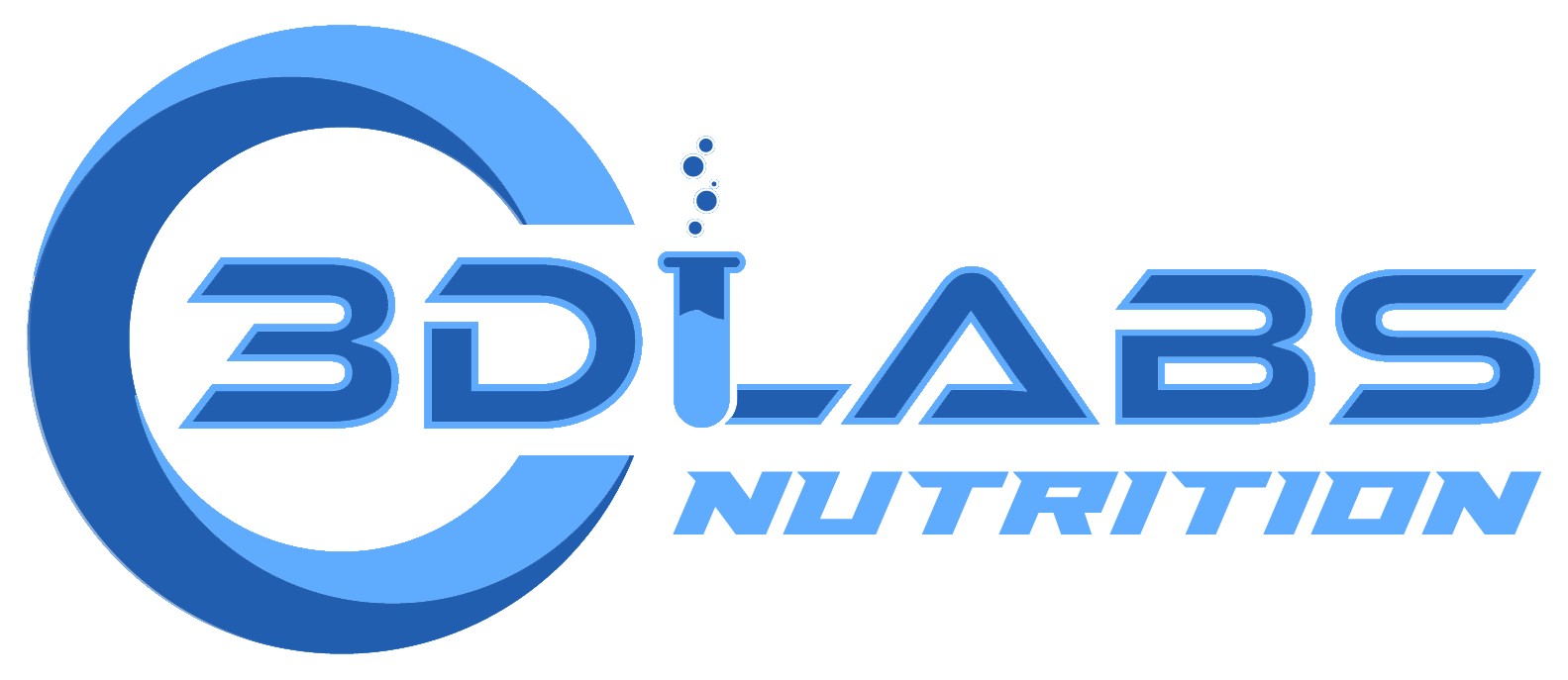

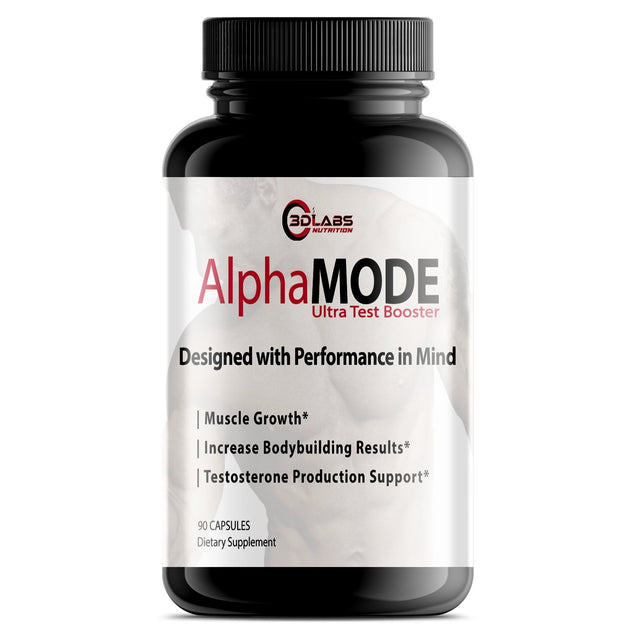
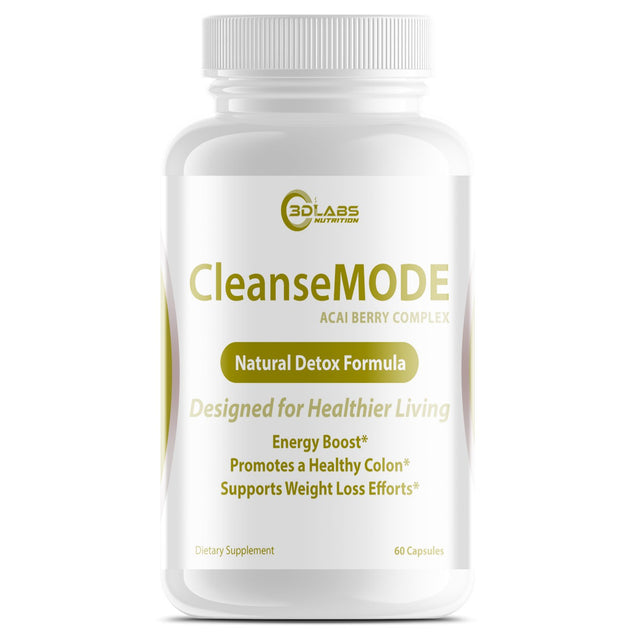
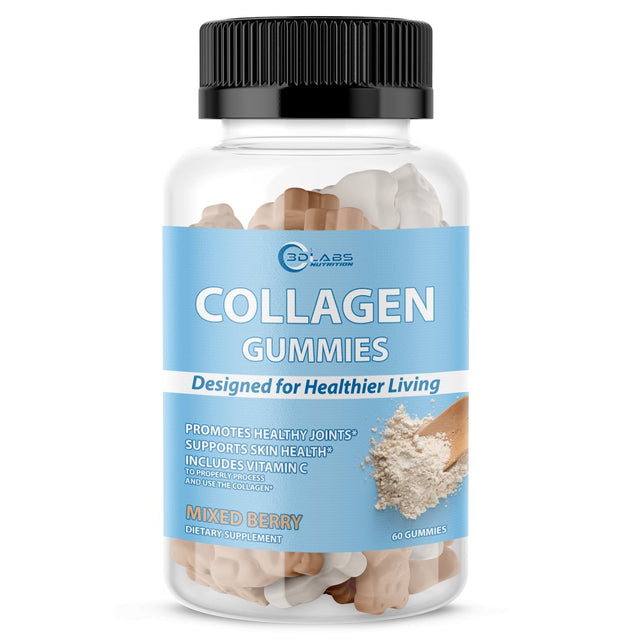
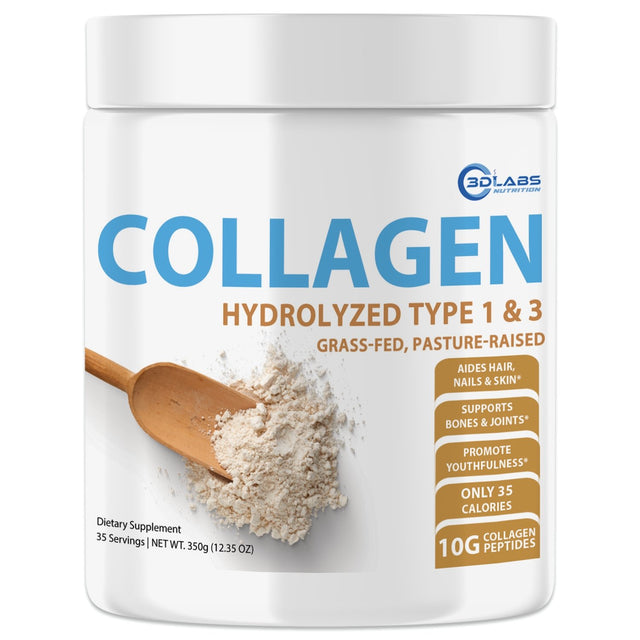


0 Comments
There are no comments for this article. Be the first one to leave a message!